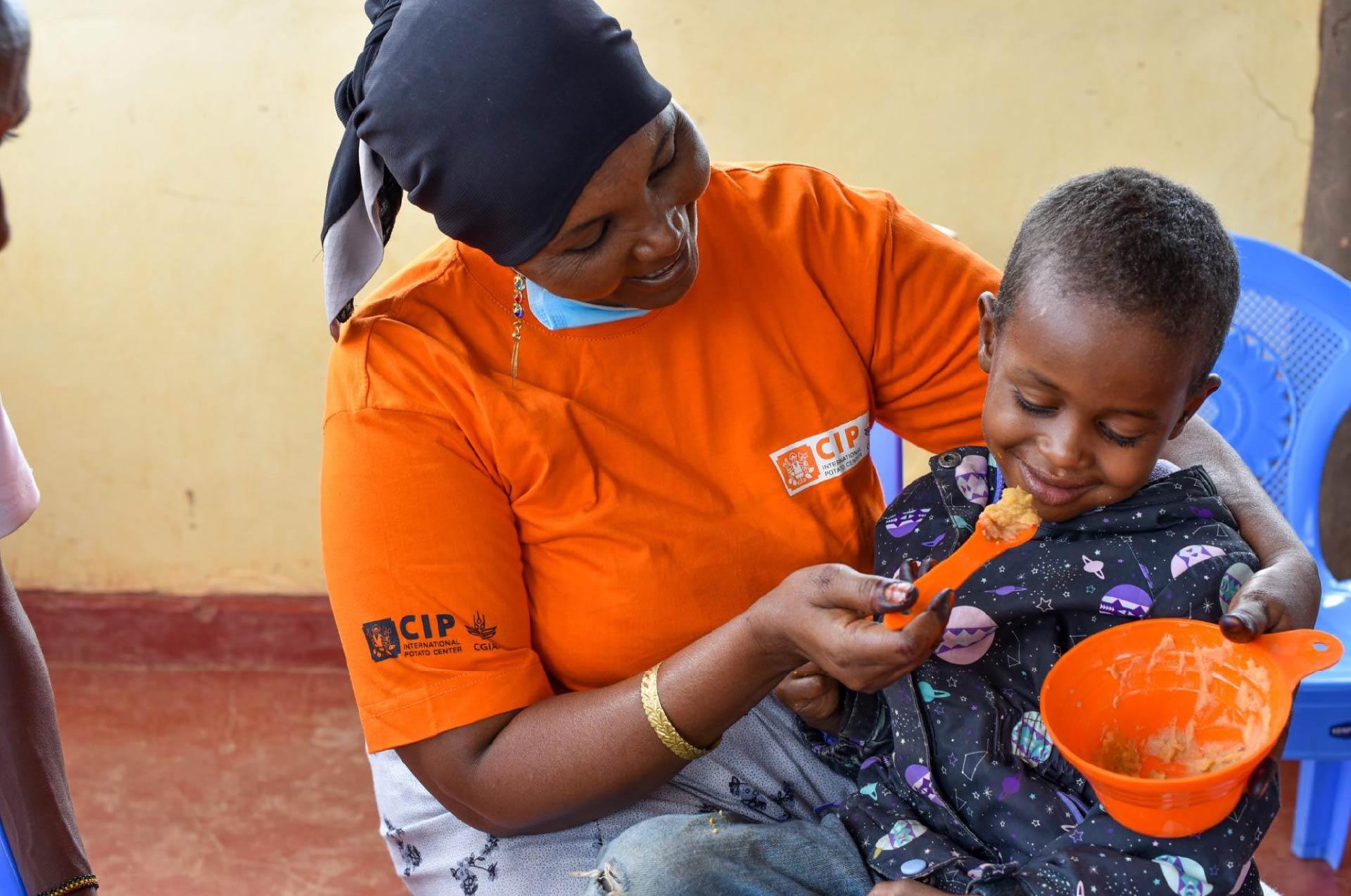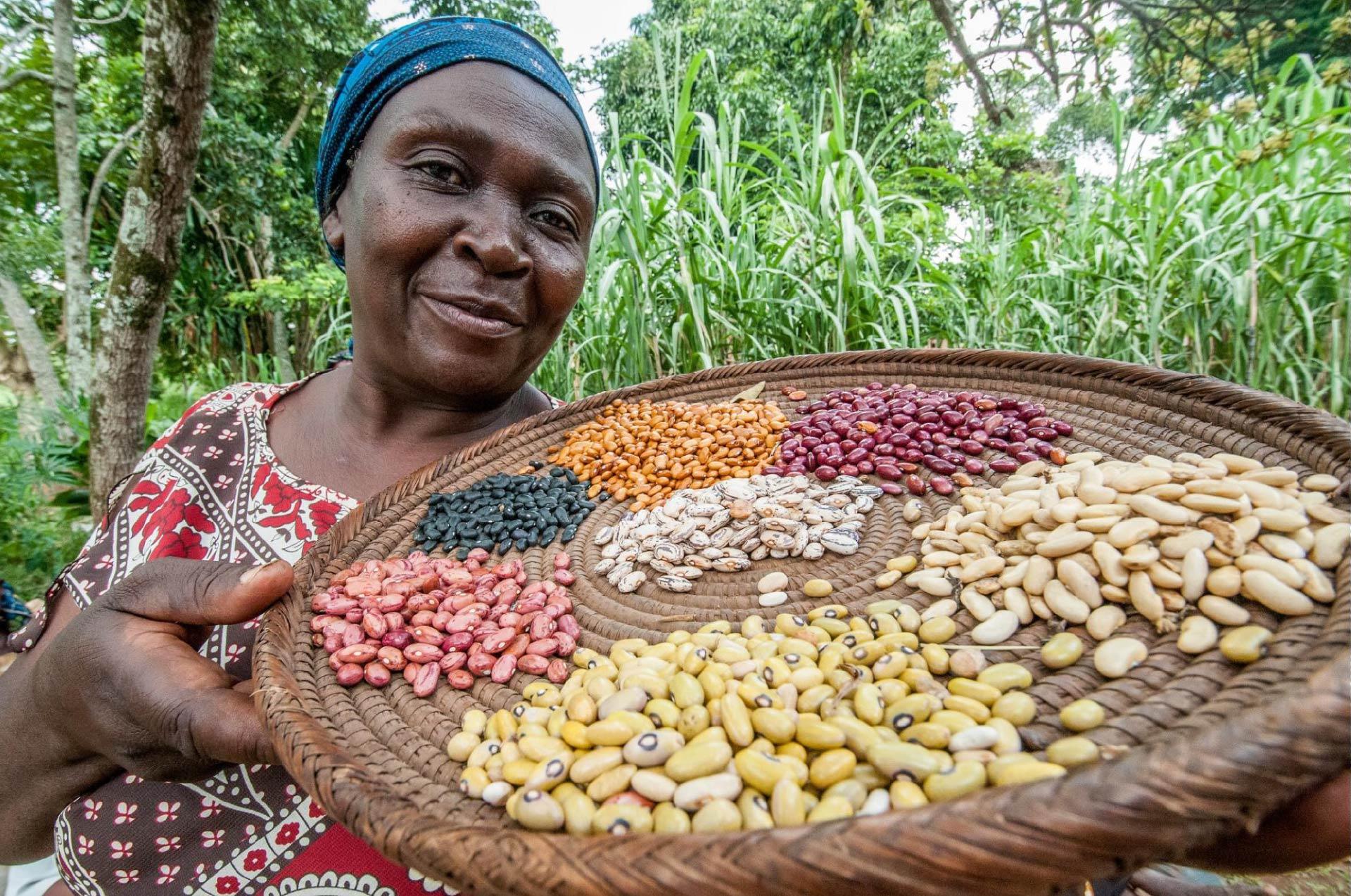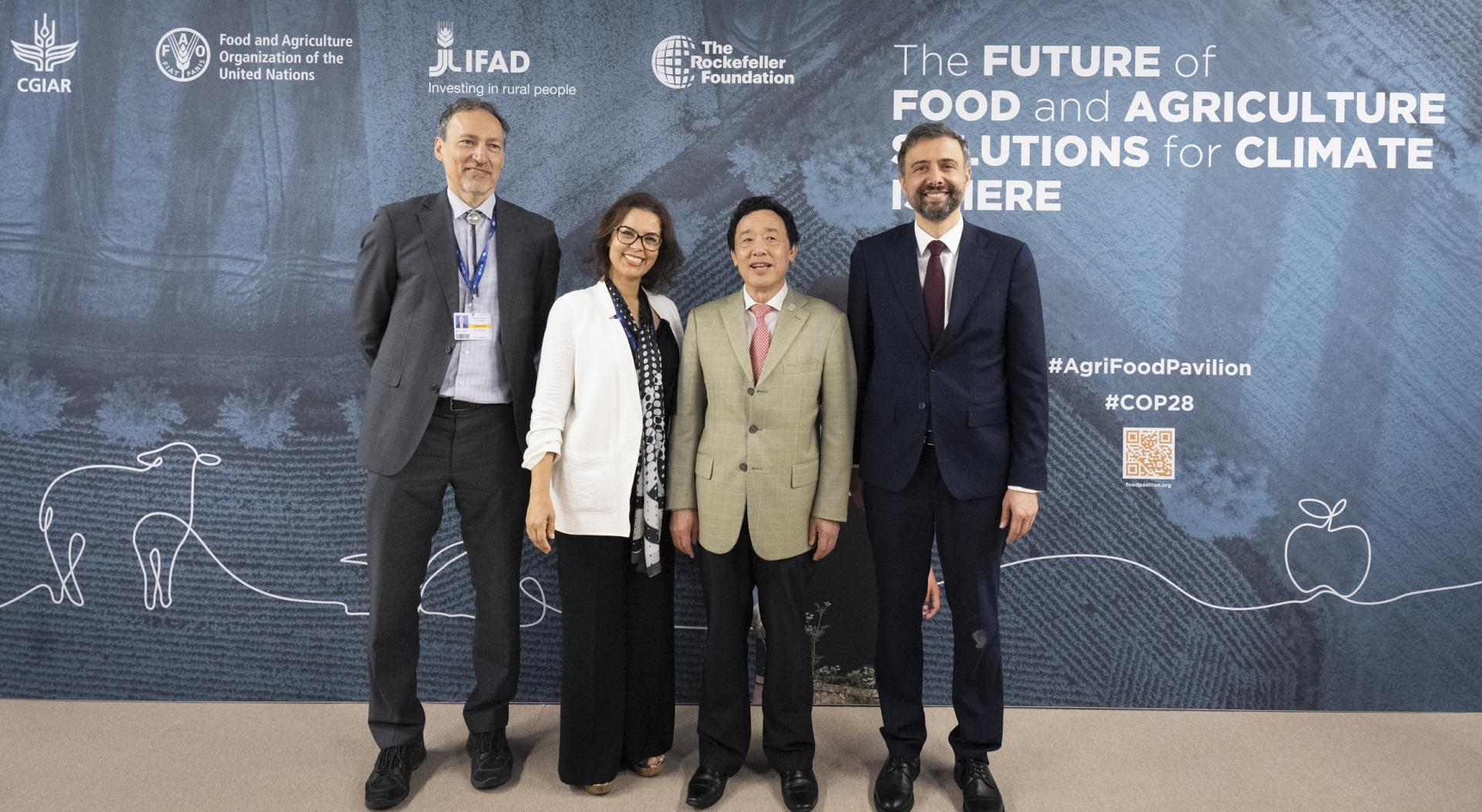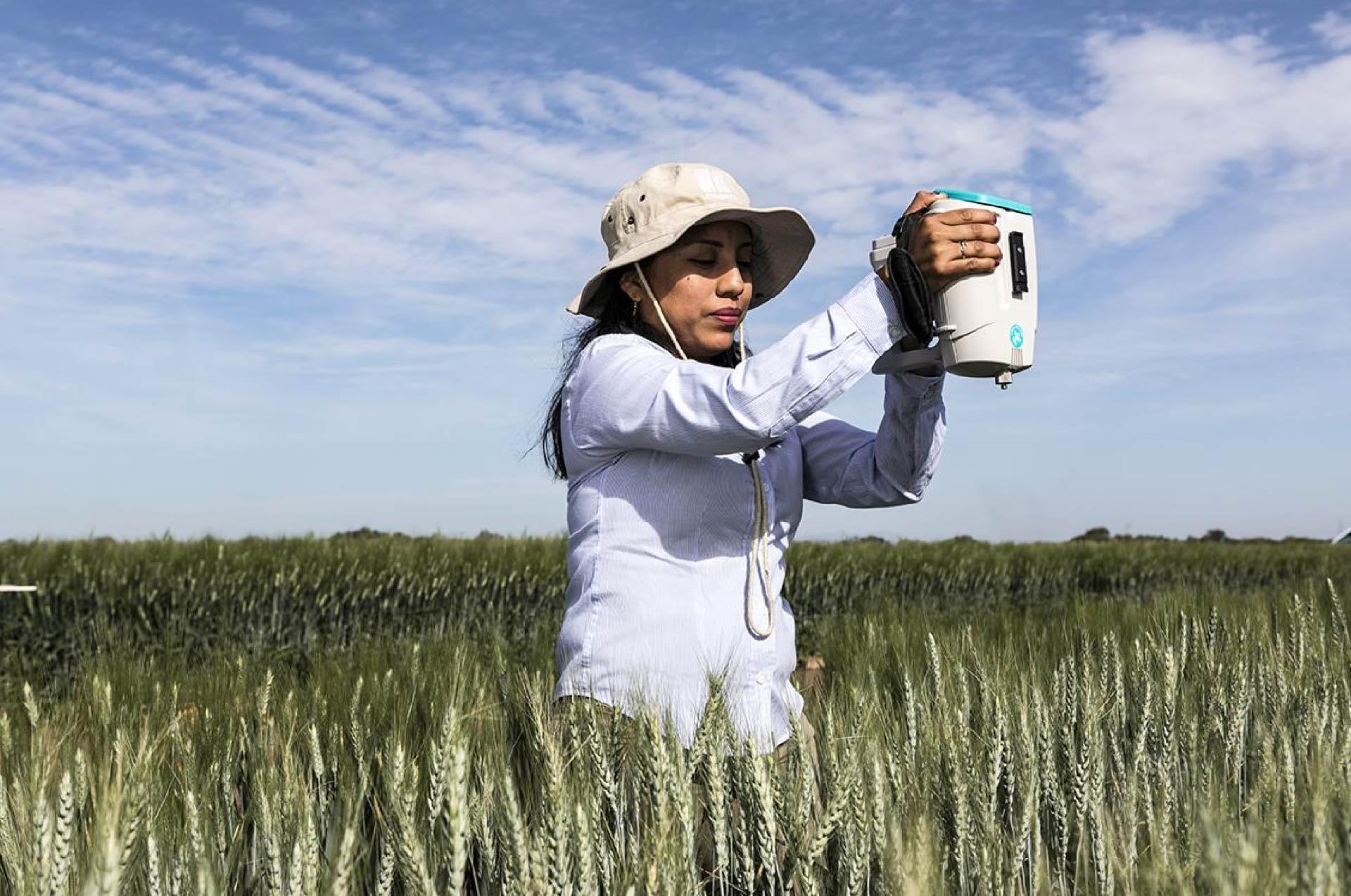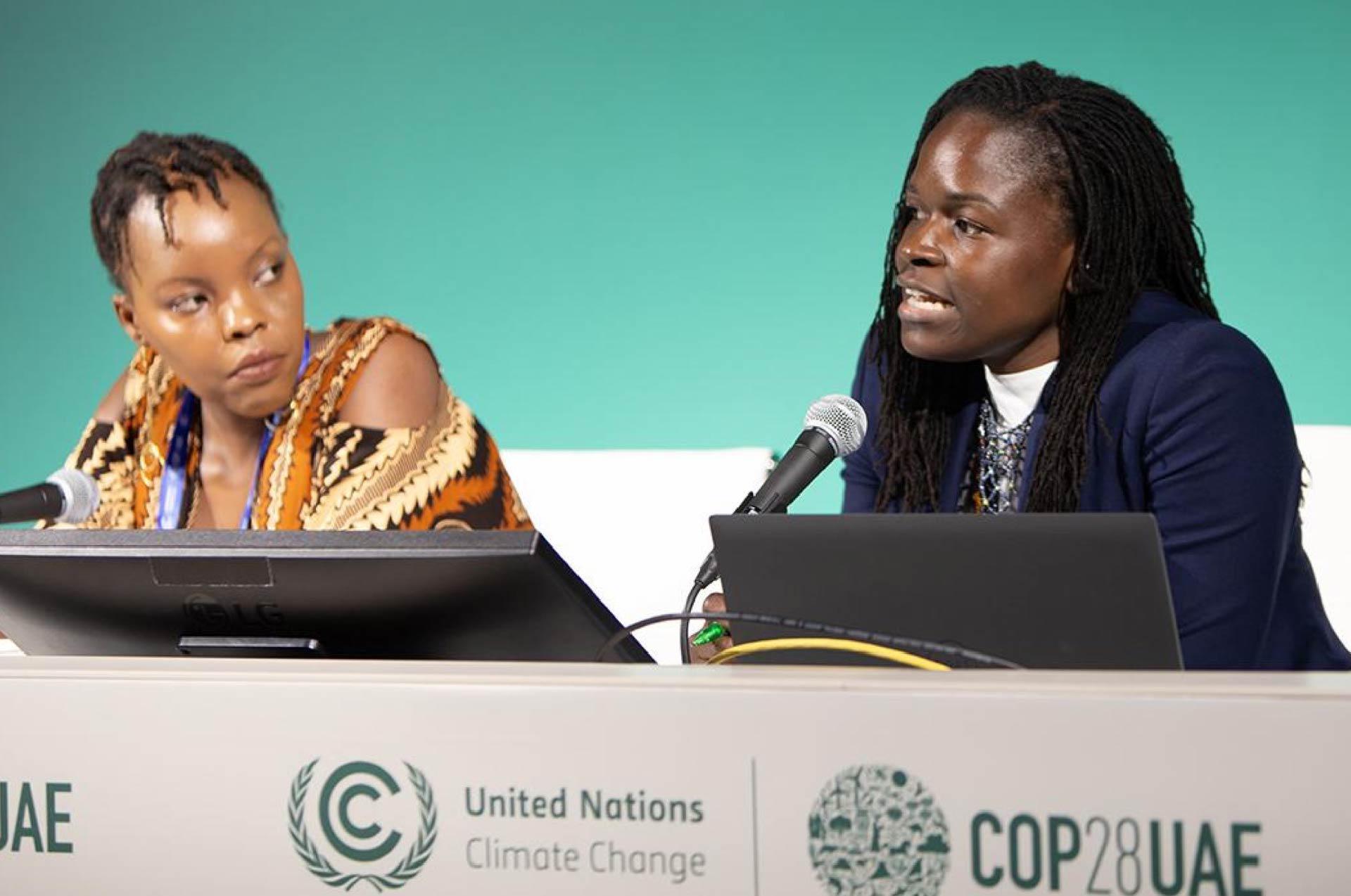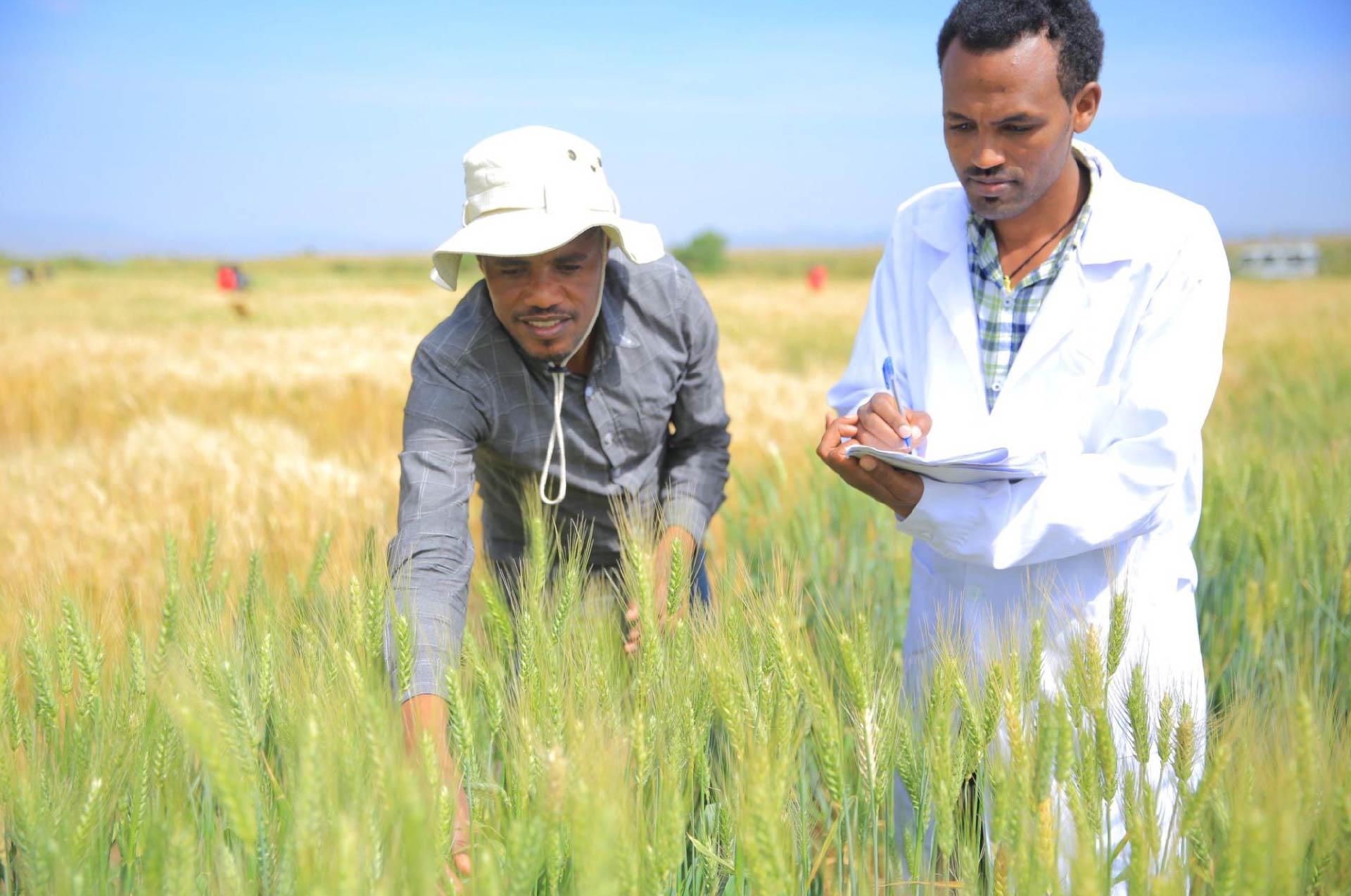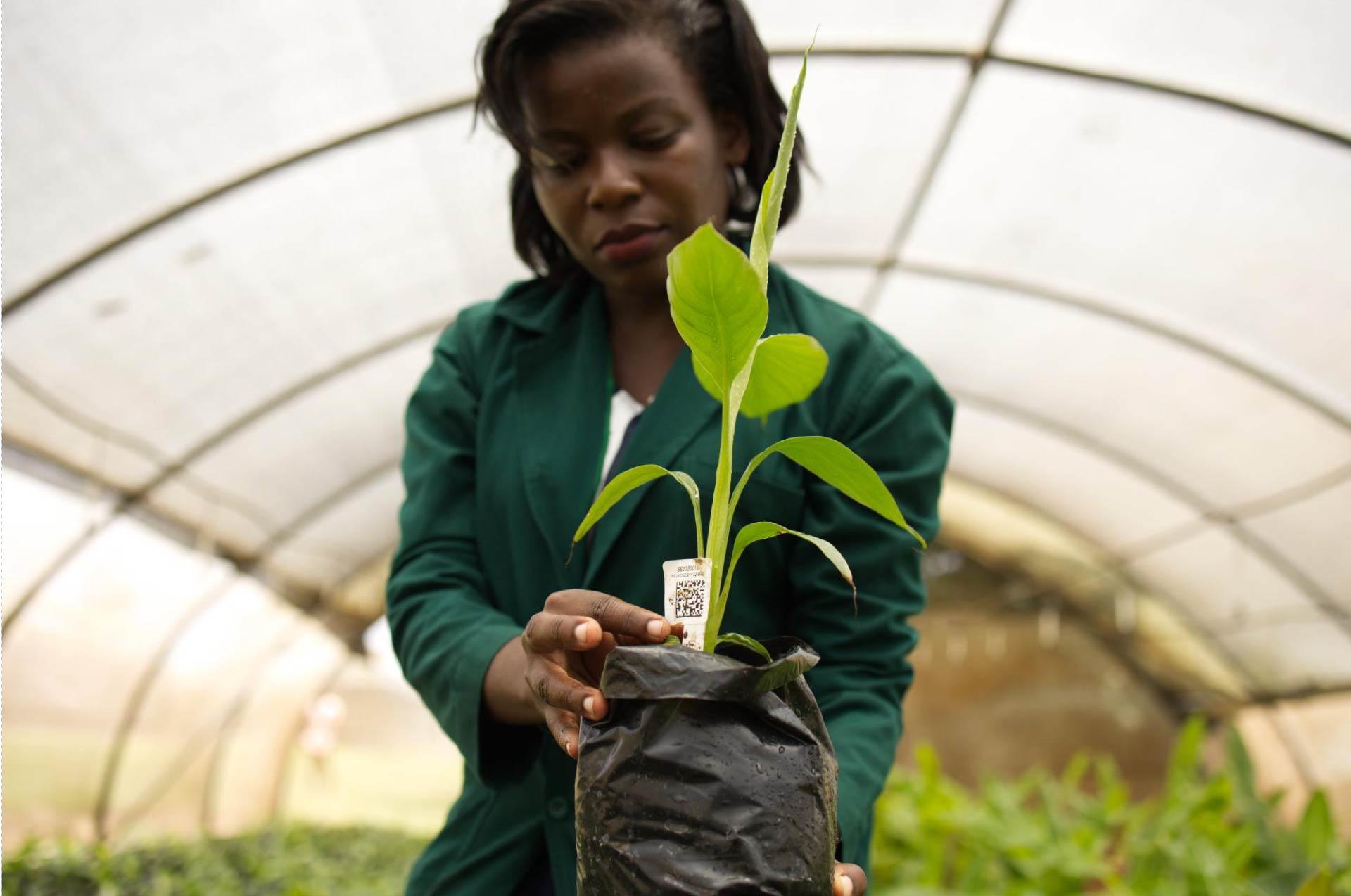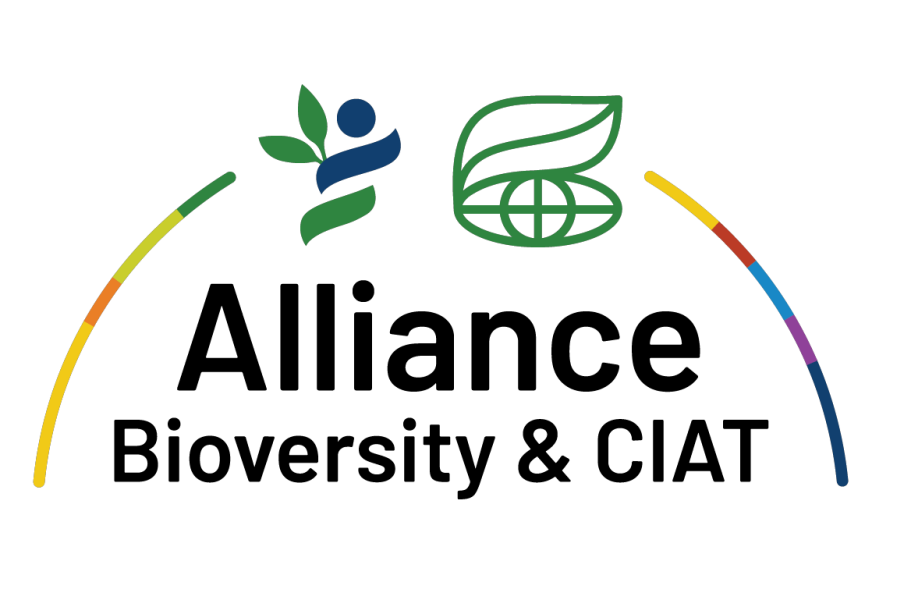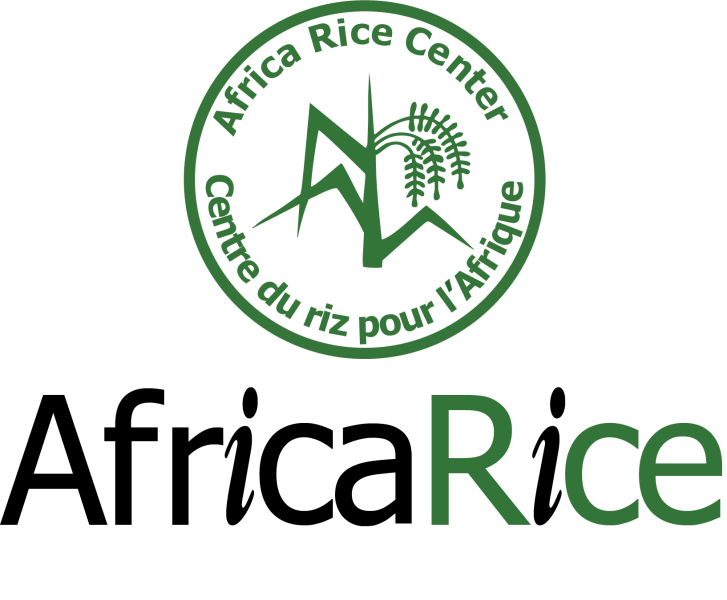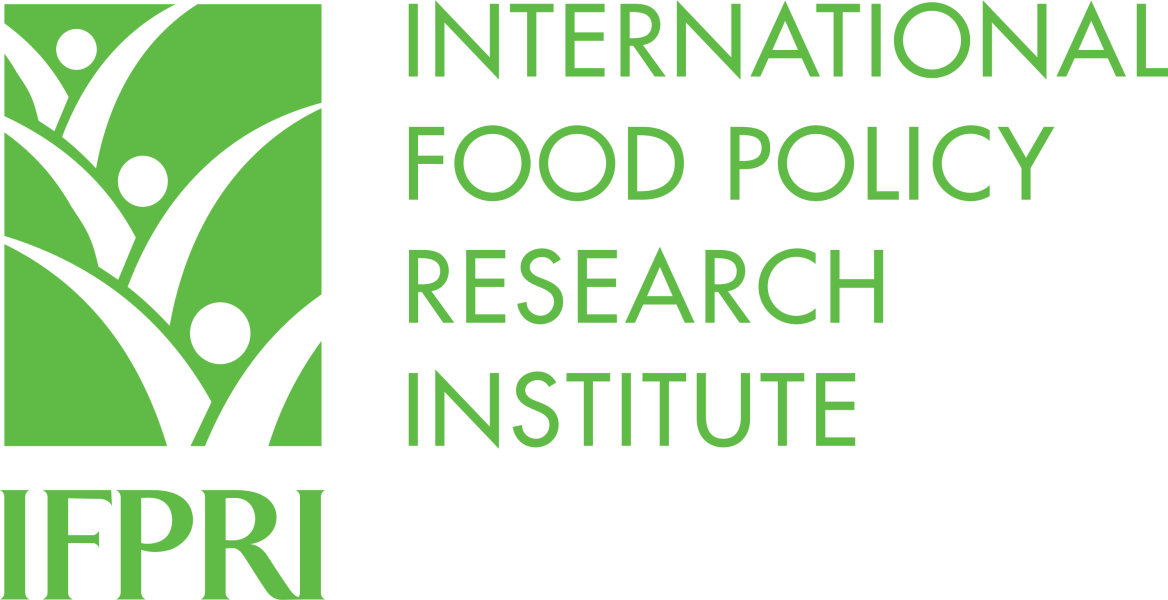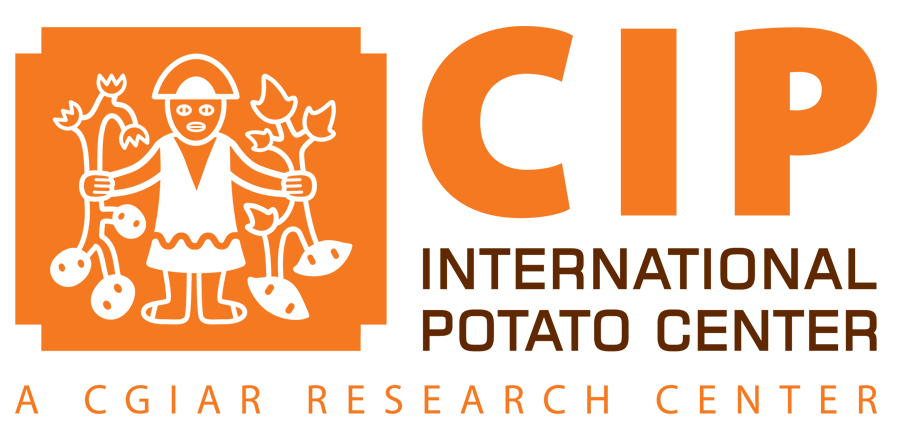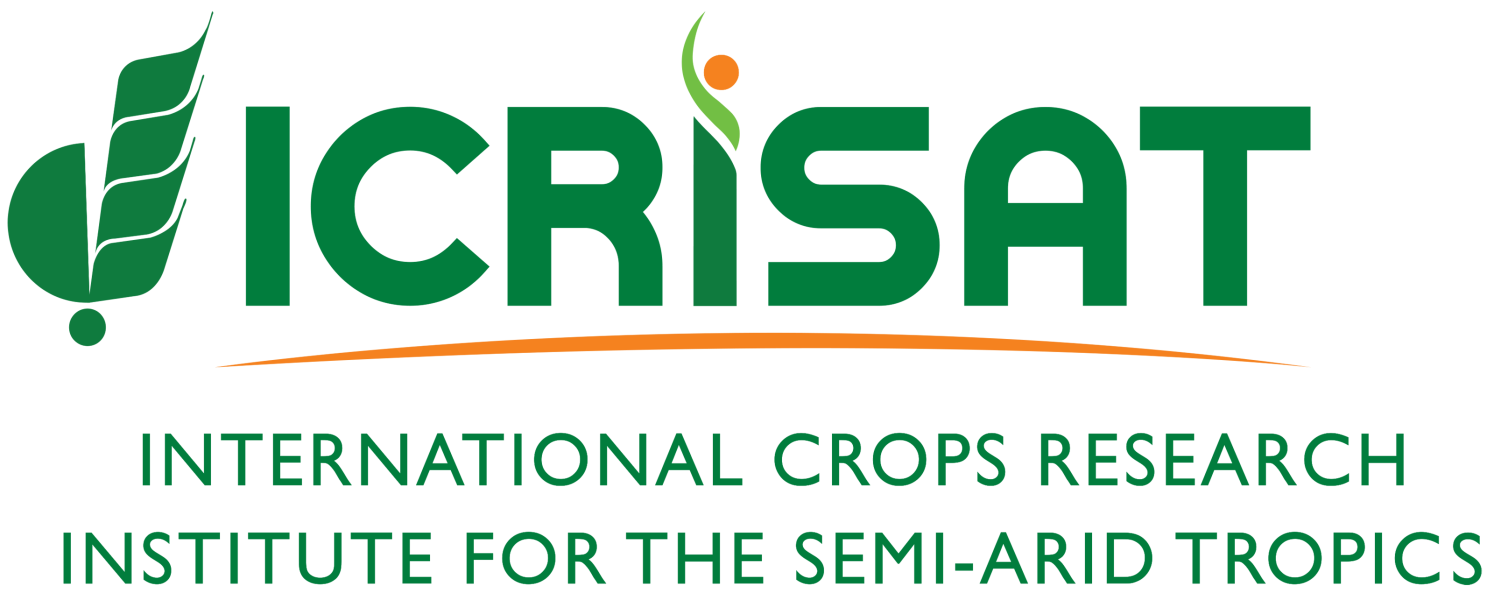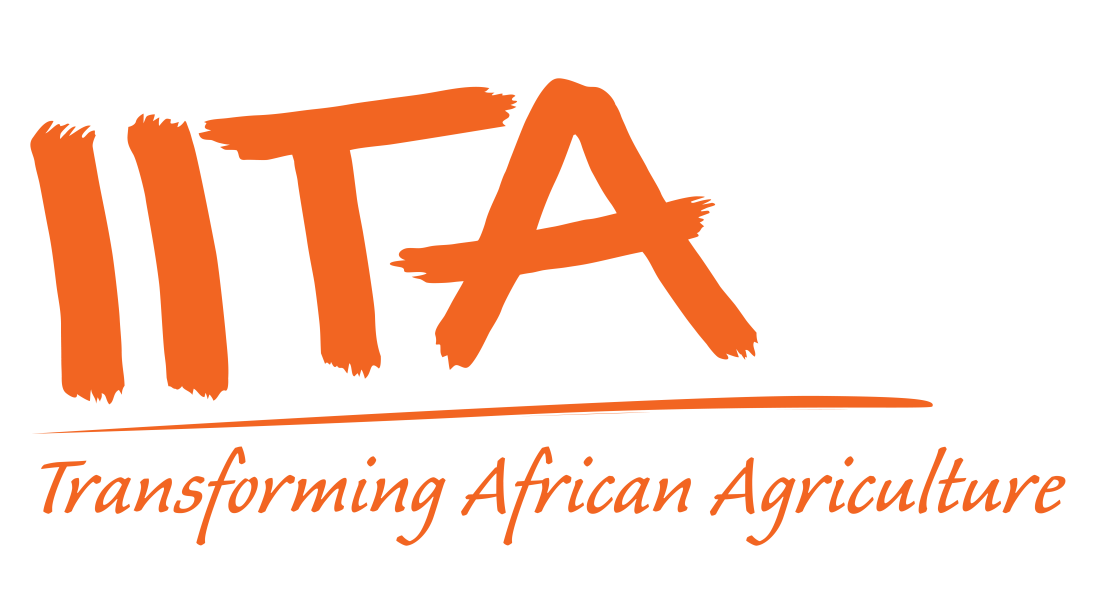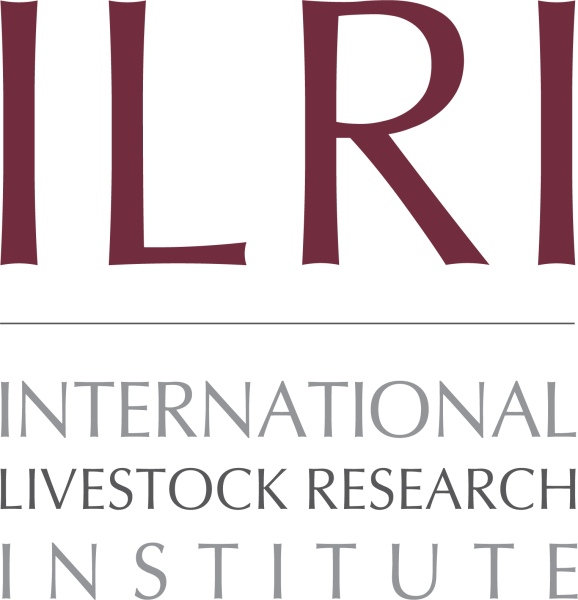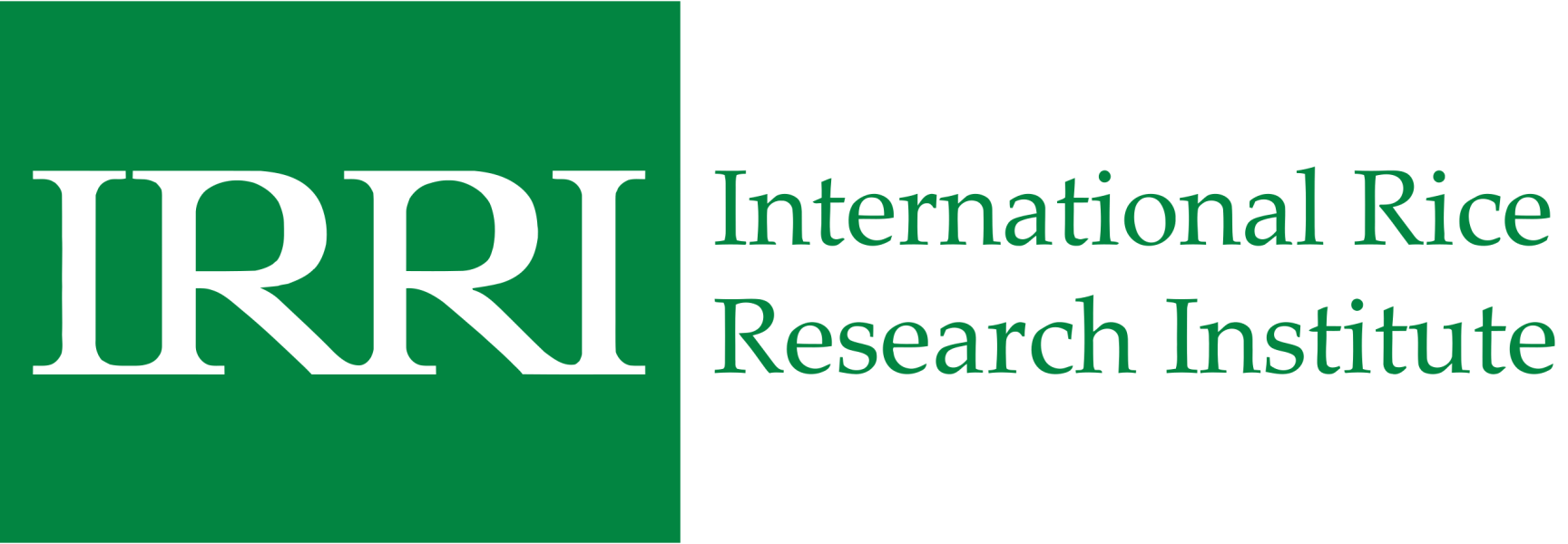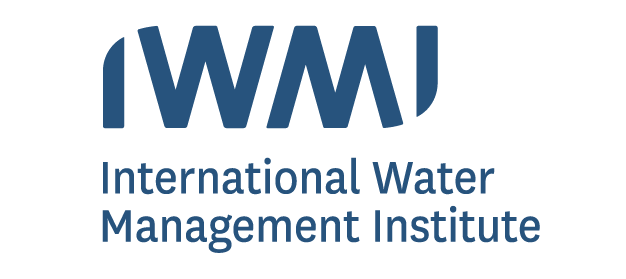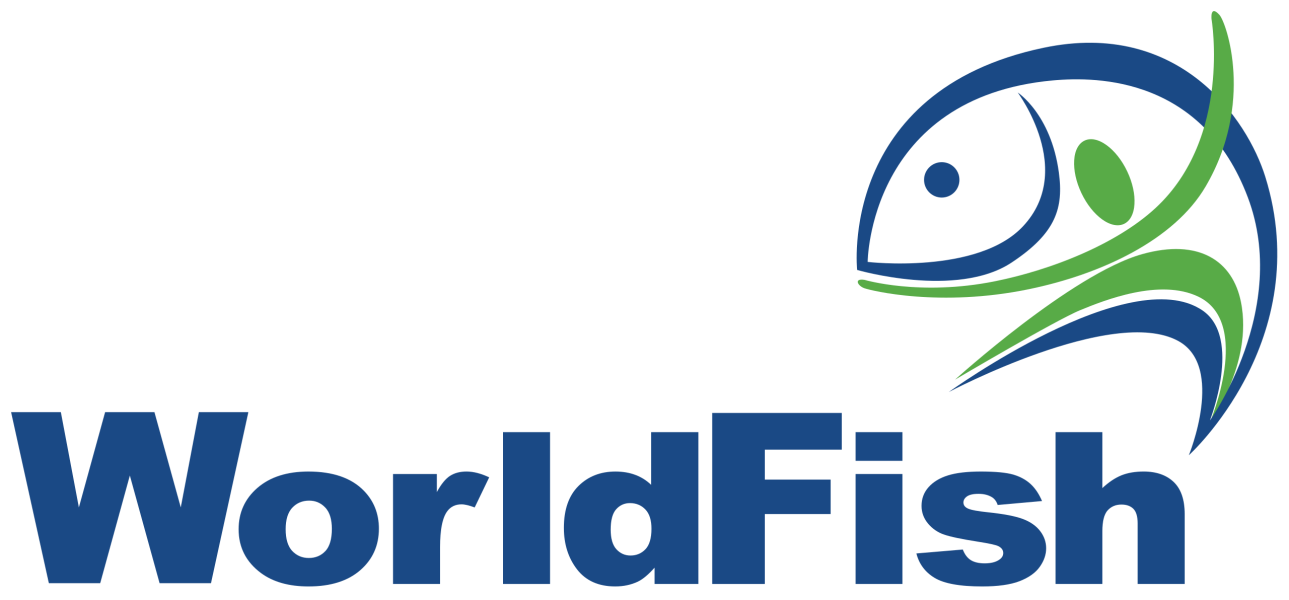The Resilient Agrifood Systems (RAFS) Science Group is one of three CGIAR Science Groups. RAFS addresses the interconnected agricultural, environmental, and societal challenges faced by smallholder farmers in the global South, with activities in 70 countries.
Working through all three of CGIAR’s impact pathways – innovation, capacity development, and policy change – RAFS generates solution-oriented knowledge, products, and services aimed at field, farm and community levels. We contribute to the diversification and sustainability of crops, trees, livestock, and fish, and consider both rural and urban locations. Through wide-ranging partnerships, we co-develop research and put innovations into the hands of those who can use them to enhance the sustainability and resilience of food systems; improve land, soil, and water health; ensure safe and nutritious foods for the wider population; and improve productivity and incomes for farmers. We enable durable improvement to, adaption to, and the mitigation of climate change; job creation and the reduction of poverty; increased gender and social equity; and improved nutrition and health, while safeguarding the environment and conserving and augmenting biodiversity.
RAFS is composed of four thematic areas, each of which houses CGIAR Research Initiatives: crop-based systems, livestock-based systems, aquatic food systems, and biodiverse agroecosystems. In addition, CGIAR’s Regional Integrated Initiatives are housed under RAFS but operate semi-autonomously, anchoring thematic research from all three Science Groups. There are nine RAFS Research Initiatives: Mixed Farming Systems, Excellence in Agronomy, Plant Health, Sustainable Animal Productivity, Livestock and Climate, One Health, Nature-Positive Solutions, and Resilient Cities. Each Initiative works in multiple countries and regions across the global South, and progress has been made for inter-Initiative work during 2023. Figure 1 shows the locations in which results were reported during 2023 by these Initiatives.
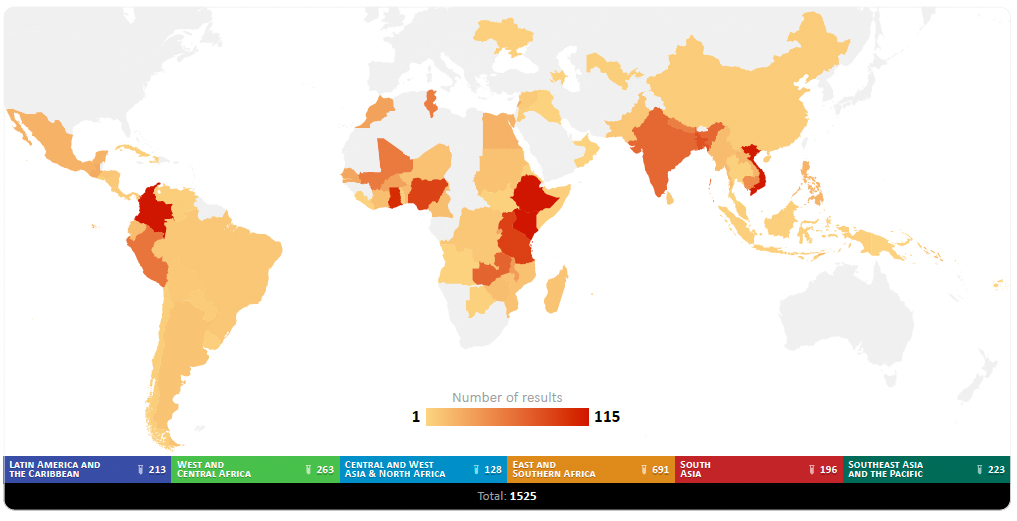
Figure 1. Location of reported RAFS results.
Note: These results entail all activities, including but not limited to research, publications, engagement and capacity development, or policy and organizational support. More intense coloring signifies more activities reported during 2023.
Source: CGIAR Results Dashboard, accessed on 1 May, 2024.
Partnerships
In 2023, RAFS Initiatives worked in 1,055 unique partnerships active in 70 countries in the global South. Partnerships were brokered between research institutes and universities, national agricultural research and extension systems (NARES), government ministries, private companies, non-governmental organizations (NGOs), financial institutions, and more (See Figure 2). Almost two-thirds of the partnerships were geared around research – codeveloping new knowledge, methods, and solutions. Twenty percent of partnerships were interactions with demand partners, who defined the challenges for RAFS scientists to address, and fifteen percent of partnerships were geared around scaling-up promising innovations. Partner organizations from the global North were also engaged, building a strong basis for North-South collaboration (37 percent of partnerships), as well as South-South collaboration (63 percent of partnerships). The home country of partner organizations is shown in Figure 3. Additionally, there was substantial internal collaboration between other thematic Initiatives, regional Initiatives, and other CGIAR projects and programs.

Figure 2. Partner organization types and the number of active partnerships.
Source: CGIAR Results Dashboard, accessed on 1 May, 2024.
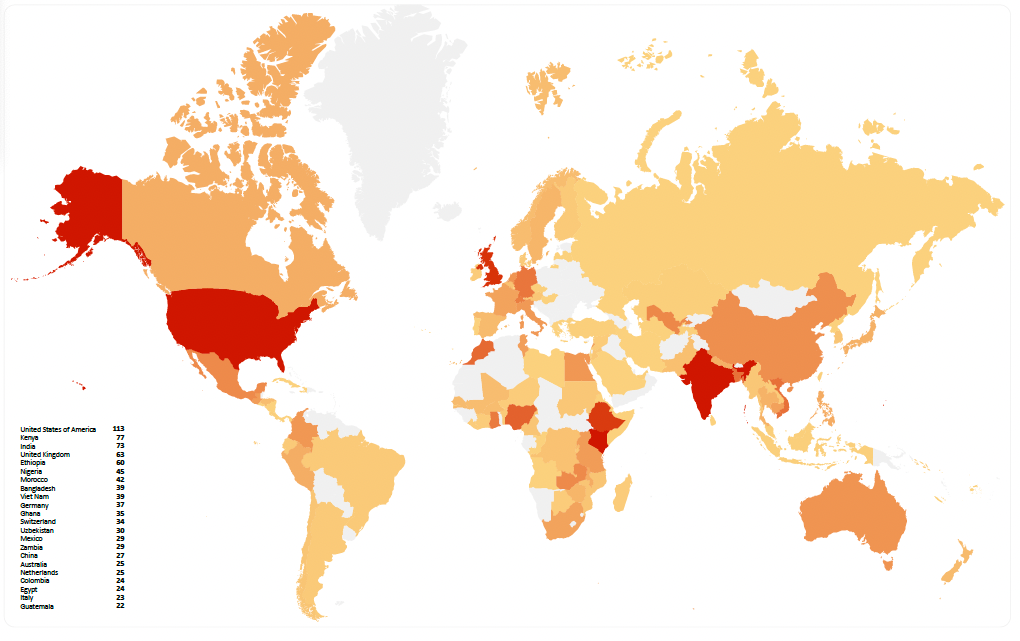
Figure 3. Locations of RAFS partners’ head offices.
Source: CGIAR Results Dashboard, accessed on 1 May, 2024.
Illustrative of the burgeoning South-South collaborations, the Mixed Farming Systems Initiative brought together a team from the International Institute for Tropical Agriculture (IITA, Nigeria), Kwame Nkrumah University of Science and Technology (KNUST, Ghana), and Botswana International University of Science and Technology (BIUST, Botswana), who used satellite rainfall estimates to develop site-specific agro-advisories in Ghana, and then in Lao People’s Democratic Republic (PDR).
The Plant Health Initiative had a particularly strong focus on working through demand partners, who were active in 45 countries, and formed a global plant health consortium. Scaling partnerships tended to be delivered through government or NARES organizations. The One Health Initiative established a technical working group with the government of Ethiopia on food safety (to which the Resilient Cities Initiative also contributed), and worked with various Vietnamese government departments to integrate fragmented technical groups into their national One Health mechanism. The Aquatic Foods Initiative partnered with the Nigerian and Bangladeshi governments to establish and scale improved tilapia and carp lines, the Indian Odisha state government to advance climate-resilient aquaculture, and launched a novel innovation hub model in the Solomon Islands. The Resilient Cities Initiative brokered partnerships with city governments, including Nairobi (Kenya) and Quezon City (Philippines) to improve their informal food sectors. Partnerships were also with commercial organizations; for example, the Sustainable Animal Productivity Initiative developed a business model for cattle artificial insemination involving private artificial insemination service providers, the sub-Department of Animal Health of Mai Son district, and the National Institute of Animal Science of Viet Nam. The approach provides shared access to facilities including liquid nitrogen to co-operative members and the Department of Animal Health plans to further scale the model.
Engagement and capacity building
RAFS staff engage at all levels in dialogues around sustainable agriculture, from high-level global fora to the training of farmers in field techniques. Scientists from the Livestock and Climate Initiative engaged extensively with the United Nations Framework Convention on Climate Change (UNFCCC) process, worked closely with the African Group of Negotiators Expert Support (AGNES), and contributed to the Intergovernmental Panel on Climate Change’s (IPCC) sixth assessment report. In addition, new emission factors for sheep in the national greenhouse gas inventories of sub- Saharan Africa were published. The contributions of the Livestock and Climate Initiative to shaping global climate policy and practice were noted in the UN Adaptation Gap Report 2023 and during the United Nations General Assembly Science Week. The Nature-Positive Solutions Initiative established programming for national media channels in Kenya to influence mainstream narratives around the importance of natural capital and ecosystem services.
Capacity building activities led to the training of 220,830 people during 2023, of which 985 were long-term trainees, and 219,845 were short-term trainees. Thirty-seven percent of all trainees were female, 60 percent were male, and for 3 percent of trainees, gender information was not recorded. The majority of short-term trainees were farmers, receiving training on good agronomic or livestock husbandry practices. RAFS Initiatives also developed innovative models to deliver training to farmers, including by SMS, video, radio, smartphone apps, and maps, as well as farmer-to-farmer networks and commercial or public good partnerships. A minority of training events were for extension officers or commercial actors who engage with the food system.
Scientific training was also delivered, for example via workshops such as the Mixed Farming System Initiative’s “International Training Workshop on Quantitative Systems Analysis for the Sustainable Intensification of Mixed Farming Systems” in Nepal with participants from Bangladesh, India, Lao PDR and Nepal. Long-term training took the form of 30 PhD studentships and 43 Masters studentships, delivered by multiple Initiatives.
Research highlights
RAFS Initiatives published 240 peer-reviewed scientific articles in 2023, as well as hundreds more reports, working papers, and other knowledge products such as training manuals or videos (Figure 4). The topics covered most heavily include climate change, sustainable agriculture, crop production, animal feeding, sustainability, food systems, seed systems and gender and social equity – with many more topics also covered. The word cloud in Figure 5 shows the most frequent keywords from RAFS’ 2023 journal articles.
Some publications achieved significant attention from the research community and media (with Altmetric Attention scores higher than 50). The Aquatic Foods Initiative published five such articles which covered scenarios under which food systems transformation can achieve net negative emissions; the decolonizing of ocean research for more equitable end effective ocean governance; the nexus between human rights and marine conservation; the contribution of aquaculture to improved human and planetary health; and principles for transformative ocean governance. The One Health Initiative published four articles with high Altmetric Attention scores on the role of roaming dogs in spreading zoonotic diseases; a COVID-19 infection in a hippopotamus; and more generally on epidemiological connections between humans and animals in urban landscapes; and on the changing climatic zones of Kenya. The Nature-Positive Solutions Initiative published articles on the perverse incentives in agriculture which do not reward conservation; and a strategy for research of Asian bees. The Livestock and Climate Initiative published on prioritizing investments in climate-resilient livestock systems; using science to accelerate agroforestry as a natural climate solution; and tailored forecasts of extreme climate change in East Africa (a collaboration with the Excellence in Agronomy Initiative and other non-RAFS Initiatives). The Excellence in Agronomy Initiative also published on using artificial intelligence to predict rice yields from ground-based photographs.

Figure 4. Number of different types of knowledge products.
Source: CGIAR Results Dashboard, accessed on 1 May, 2024.
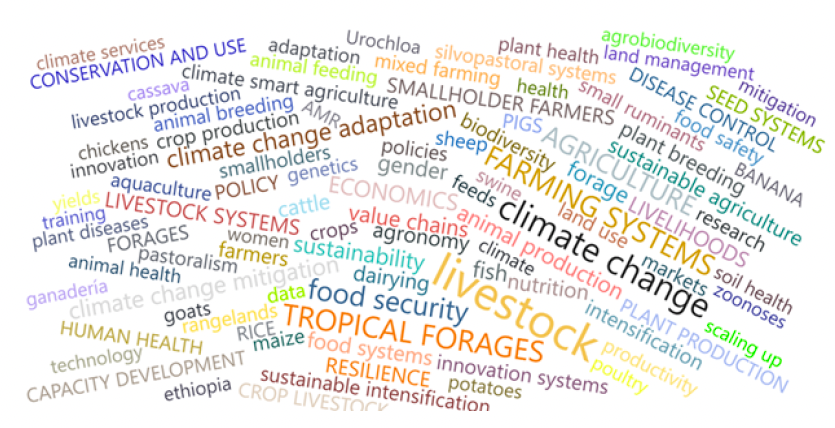
Figure 5. Key words extracted from 240 journal articles published in 2023.
Source: CGIAR Results Dashboard.
Highlights by Impact Area
Due to the integrated nature of RAFS research, the Initiatives – and individual activities – often address many of the CGIAR Impact Areas simultaneously. Of all the results reported in 2023 under RAFS, 61 percent addressed climate change, 56 percent addressed poverty, 54 percent addressed the environment and biodiversity, 48 percent addressed food security and nutrition, and 38 percent addressed gender and social inequality (Figure 6). Interestingly, more than three-quarters (90 percent) of results addressed multiple Impact Areas, with 22 percent addressing two, 17 percent addressing three, 15 percent addressing four, and 16 percent addressing all five Impact Areas (see Figure 7).
Examples of the innovations and results which addressed issues from multiple Impact Areas include the Plant Health Initiative’s work developing, trialing, and building an international public-private partnership for Aflasafe – a crop additive to reduce the risk of aflatoxin contamination. The Excellence in Agronomy Initiative developed a platform for bundled cropping advisories in Ghana to increase resource use efficiency, reduce climatic risk, and increase productivity, while the Mixed Farming Systems Initiative produced similar advisories for maize farmers and soybean farmers in East Africa. The Livestock and Climate Initiative developed the GANSO endorsement (ganaderia sostenible or sustainable livestock) – a voluntary evaluation tool for livestock producers to assure consumers of the sustainability of their livestock in Colombia. The Nature-Positive Solutions Initiative developed a women’s co-operative based on fuel-briquette production, and the Resilient Cities Initiative updated the Food and Agriculture Organization of the United Nations’ (FAO) guidelines on water quality agriculture.

Figure 6. The number of results submitted during 2023 contributing to each Impact Area.
Note: The degree of contribution is shown by tags of “principal”, “significant”, or “not contributing”.
Source: CGIAR Results Dashboard, accessed on 1 May, 2024.
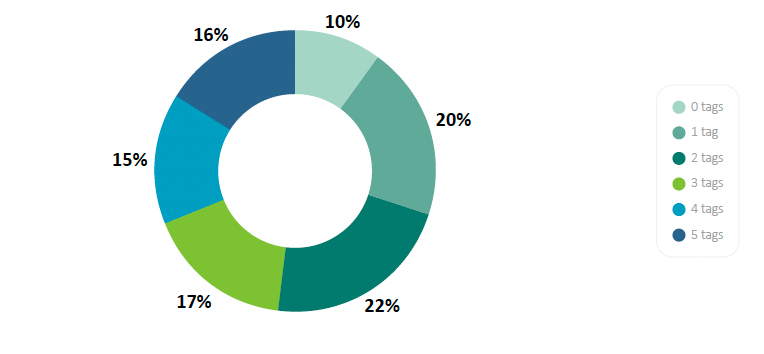
Figure 7. The proportion of results which address none, one, or multiple Impact Areas.
Note: Due to the integrated nature of RAFS activities, many results contribute to multiple Impact Areas.
Source: CGIAR Results Dashboard, accessed on 1 May, 2024.
Highlights by thematic research area
Selected outcomes (real-world behavior changes) achieved by the thematic Initiatives are given below, grouped according to the research area: crops, livestock, aquatic, and biodiverse agroecosystems.
Crop-based systems
The Plant Health Initiative implemented data-driven risk assessment tools to counter emerging crop pests and diseases for crops including banana, wheat, rice, cassava, and maize, and others, across 18 countries (with potential relevance in many more). The Plant Health Initiative developed integrated management techniques for major diseases, e.g., banana bunchy top disease, and chickpea and lentil viruses and vectors. The Excellence in Agronomy Initiative introduced mechanized direct seeding for rice to Vietnamese farmers. This innovative approach slashed seed use by 50 percent and fertilizer use by 20 percent, increased yields by 5 percent, and boosted profits by USD 200 per hectare. This made economic sense, and lightened the environmental cost, reducing the carbon footprint by 10 percent. Recognizing its potential, in 2023 the Vietnamese Ministry of Agriculture and Rural Development released national guidelines for its implementation in the Mekong River Delta. The Mixed Farming Systems Initiative promoted the Mbili-Mbili intercropping system in East and Southern Africa. Mbili-Mbili entails two maize rows alternating with two legume species, and exploits plant spatial configurations to increase light penetration to the legumes, increasing legume productivity while maintaining the same productivity of the cereal. Crops can be harvested at different times, and in the event of a loss, one crop serves as insurance for the other.
Livestock-based systems
The Sustainable Animal Productivity Initiative developed and implemented a novel model with the potential to transform Nepal’s dairy buffalo sector by partnering with rural municipalities and milk cooperatives in six districts of the eastern Terai region. Village livestock promoters, jointly supported by three organizations, are now able to provide an integrated package of inputs and services to farmers to enhance buffalo farmers’ efficiency and livelihoods, breaking silos between feed, health and genetics extension and paving the way toward economic sustainability and increased production of nutrient dense foods. The Livestock and Climate Initiative enabled land-use planning and participatory rangeland management to be practiced on 166,517 hectares of grazing land located in the Tanzanian Kiteto and Chalinze districts, benefiting more than 100,000 residents. These methods are instrumental in securing land tenure for pastoralists, improving governance, resolving land-use conflicts, and helping to restore degraded lands. They enhance community resilience and climate adaptation and mitigation efforts.
The One Health Initiative (in partnership with the Resilient Cities Initiative) led food safety groups in Viet Nam and Ethiopia, improving health and livelihoods. Since 2015, collaborations with scientists and development partners in Viet Nam have influenced national policies and benefited food business operators and communities. Efforts in both nations have driven policy development and tackled food safety issues – and they demonstrate impactful research-for-development, promoting health and economic progress in varied regions.
Aquatic food systems
The Aquatic Foods Initiative responded to the Government of Nigeria’s need to boost sustainable aquaculture countrywide, bringing genetically improved farmed tilapia to the country. In 2022, 60,000 very young fish were transported from Malaysia to Nigeria and in 2023 a breeding population was established, with the second generation of small fish distributed to farmers and hatcheries in November. Trials at the hatchery involving local fish feed producer Premier Feed Mills showed that Genetically Improved Farmed Tilapia (GIFT) achieved faster rates of growth and more efficient feed conversion than non-improved fish already in use. This should mean higher production of a nutritious food at lower costs, and potentially more earnings for farmers. This achievement was the result of work by scientists at WorldFish in collaboration with the Federal Ministry of Agriculture and Food Security, Premium Aquaculture Ltd, and other national partners.
Biodiverse agroecosystems
The Nature-Positive Solutions Initiative demonstrated a novel model to combat the negative effects of farm degradation and fragmentation. Collaborating with the Initiative, three groups of Kenyan farmers created two aggregated farms of 76 and 55 hectares. These farms integrate nature-positive solutions, such as permaculture and sustainable production activities, to restore land, enhance production, and develop profitable value chains. The Initiative, aligning with county agricultural plans, fosters community consensus and legal frameworks for equitable profit-sharing. This innovative approach sets a replicable model for transforming smallholder farming in Kenya and beyond.
The Resilient Cities Initiative supported the development of and brought to market a new yoghurt product in Lima, Peru, to combat the anemia and malnutrition affecting a third of children under five in the city. The “Three Power Yogurt” is enriched with proteins, iron from bovine blood, spirulina, Andean seaweed, and vitamin A from sweet potatoes, and meets crucial nutritional needs while appealing to children’s tastes.

